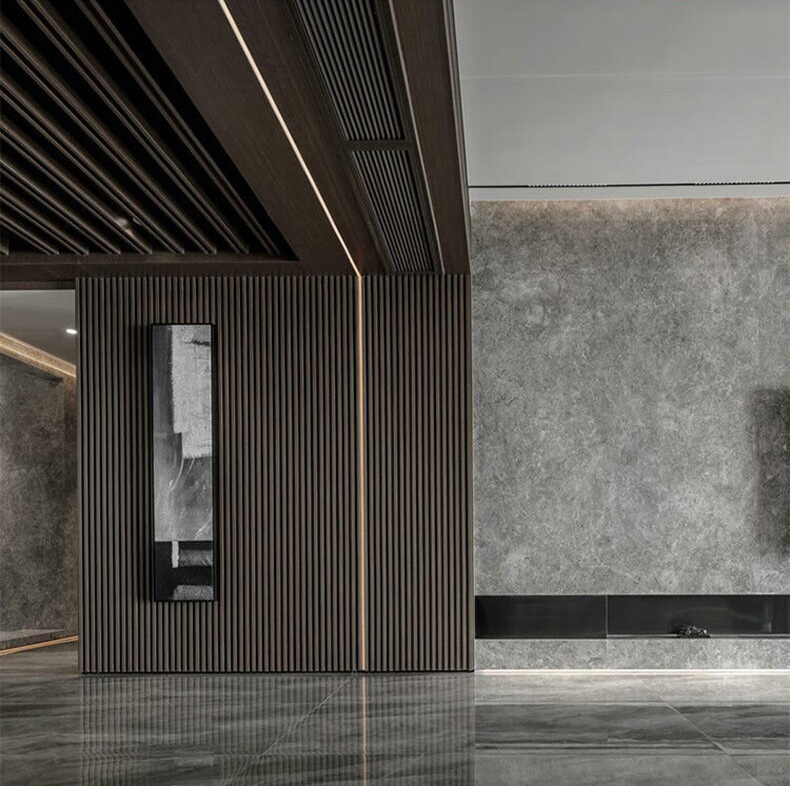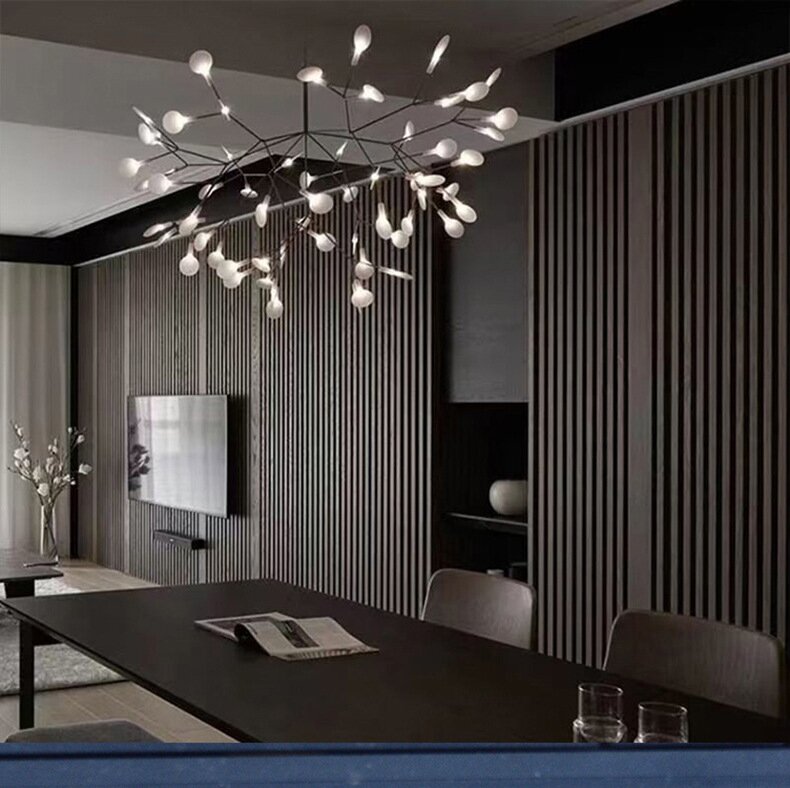introduce:
As a bold move to revolutionize interior design, the introduction of wood plastic composite (WPC) wall panels is becoming increasingly popular with homeowners and interior decorators. The versatility, durability and environmental benefits of these panels make them a first choice for remodeling projects and new construction. This article takes an in-depth look at the unique features and benefits of WPC wall panels and explores the growing market for this innovative product.
Versatility and aesthetic appeal:
WPC wall panels are able to mimic the look of natural materials such as wood or stone, thus offering a wide range of design possibilities. These panels come in a variety of colors, textures and patterns, making them a versatile choice for any interior theme. Whether you're going for a rustic, minimalist or modern look, WPC panels blend seamlessly into any space, whether residential or commercial.
Durability and longevity:
Unlike traditional wall materials like drywall or wallpaper, WPC panels are highly resistant to damage. Made from a combination of wood fibers, plastics and other additives, these panels can withstand heavy wear and tear. WPC siding is resistant to moisture, cracking, fading and insect damage, making it ideal for wet areas such as bathrooms or basements. Additionally, its increased durability ensures a long-term investment that will maintain its beauty for years to come.
Easy to install and maintain:
The process of installing WPC wall panels is very easy, saving both time and effort. The panels are lightweight and feature an interlocking system for easy installation and reduce the need for specialist labour. Additionally, WPC panels require minimal maintenance. Unlike traditional materials, they do not require regular repainting, sealing or polishing. A simple wipe with a damp cloth is enough to keep them looking like new, significantly reducing overall maintenance costs.


Environmental sustainability:
WPC wall panels contribute to the green environment in many ways. First, they are made from recycled materials, reducing the need for virgin wood and plastic. By using recycled materials, the production of wood-plastic composite panels helps reduce deforestation and waste accumulation in landfills. Secondly, due to their long lifespan and resistance to degradation, these panels do not need to be replaced frequently, thus reducing the carbon footprint associated with manufacturing and shipping.
Growing Market and Future Trends:
The demand for wood plastic wall panels has been growing steadily due to its numerous benefits. The technology behind these panels continues to evolve, leading to the development of more advanced and sustainable products in the future. Industry experts predict that the WPC panels market will witness significant growth not only in the residential segment but also in offices, hotels, restaurants and other commercial establishments. Additionally, growing environmental concerns are expected to drive the shift towards sustainable and eco-friendly alternatives, further driving the wood plastic siding market.
in conclusion:
With its versatility, durability, ease of installation, low maintenance requirements and environmental benefits, WPC wall panels have made a significant impact on the world of interior design. The growing market for these panels reflects the growing preference for sustainable and aesthetically pleasing materials. As more homeowners and businesses embrace the benefits of WPC panels, it's clear that they are here to stay and revolutionize modern interior spaces.
Post time: Sep-14-2023
